DJI Mini 3 Pro is a highlights reel of DJI’s best drones
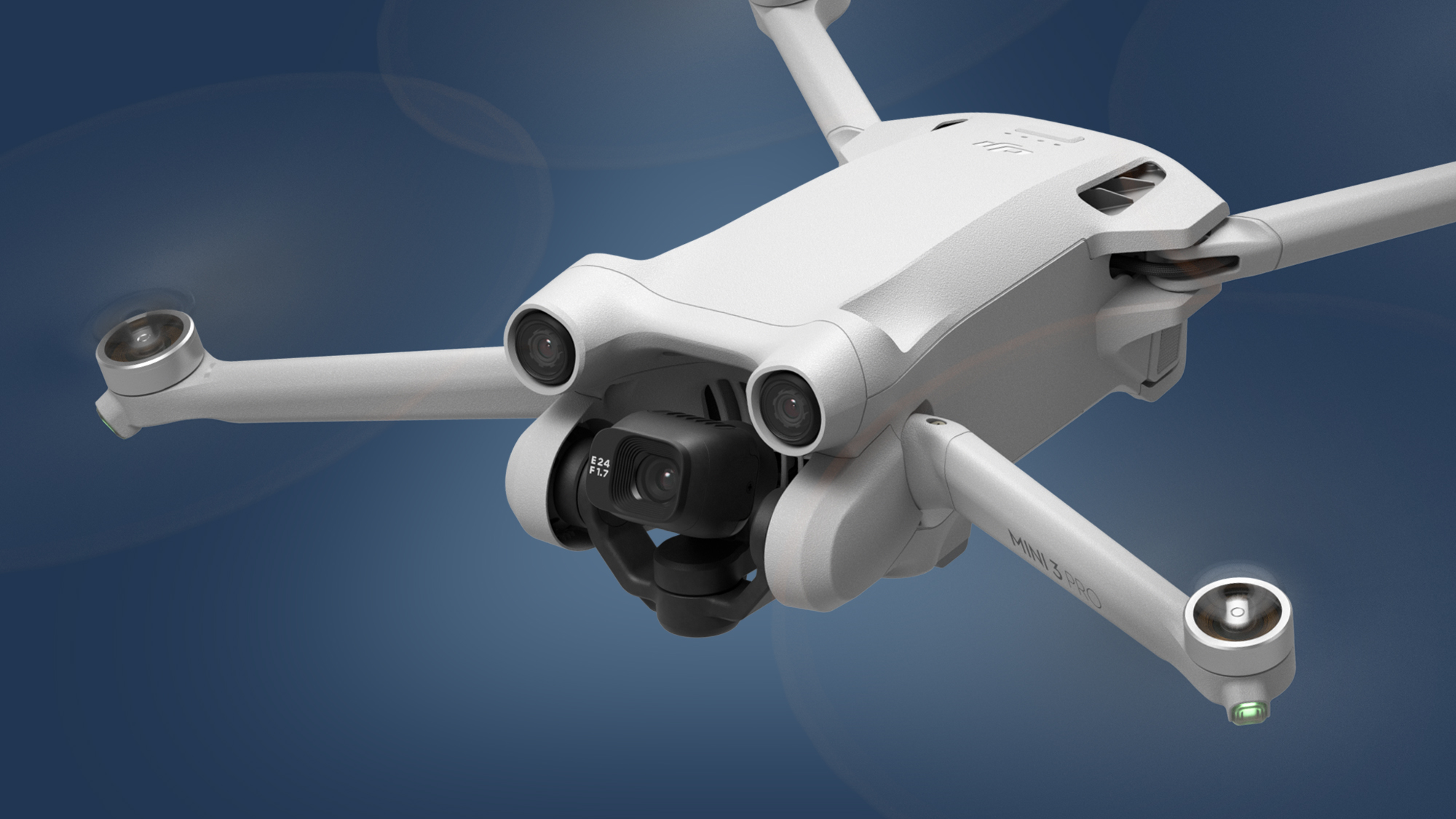
The DJI Mini 3 Pro might be one of the most leaked products in recent years, but the drone's official take-off means we can now answer the big remaining questions – including how good it is, thanks to our in-depth DJI Mini 3 Pro review.
The Mini 3 Pro is the first premium drone in DJI's Mini series, which started in 2019 with the DJI Mavic Mini and has traditionally been an affordable range for beginners. The Mini 3 Pro is different, packing high-end features like obstacle avoidance sensors and 4K/60p video recording into a sub-250g drone. And this means it comes with a much higher price tag than its predecessors, too.
So what's new? The Mini 3 Pro brings five main upgrades on the DJI Mini 2, which will remain on sale. Firstly, it has tri-directional obstacle avoidance sensors, which face forwards, backwards and below the drone. Our review calls this a "huge leap" for DJI's Mini series, because it allows the introduction of some important software features.
These include a range of focus-tracking modes, which let you choose a subject to keep in the center of your frame and have the drone automatically follow or fly around them. The absence of FocusTrack on the DJI Mini 2 was one of our biggest bugbears with that drone, so that's a big improvement on the Mini 3 Pro.
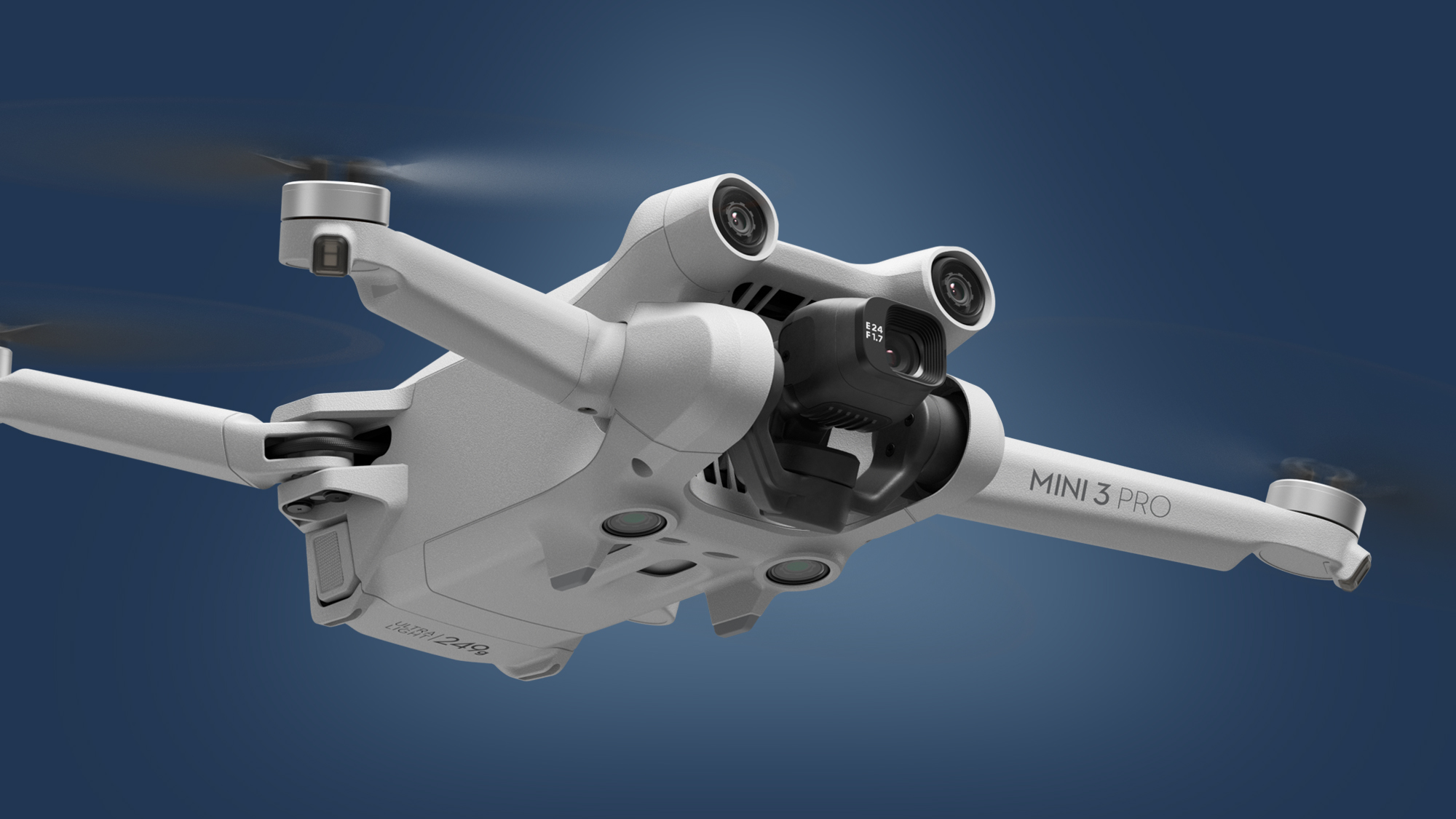
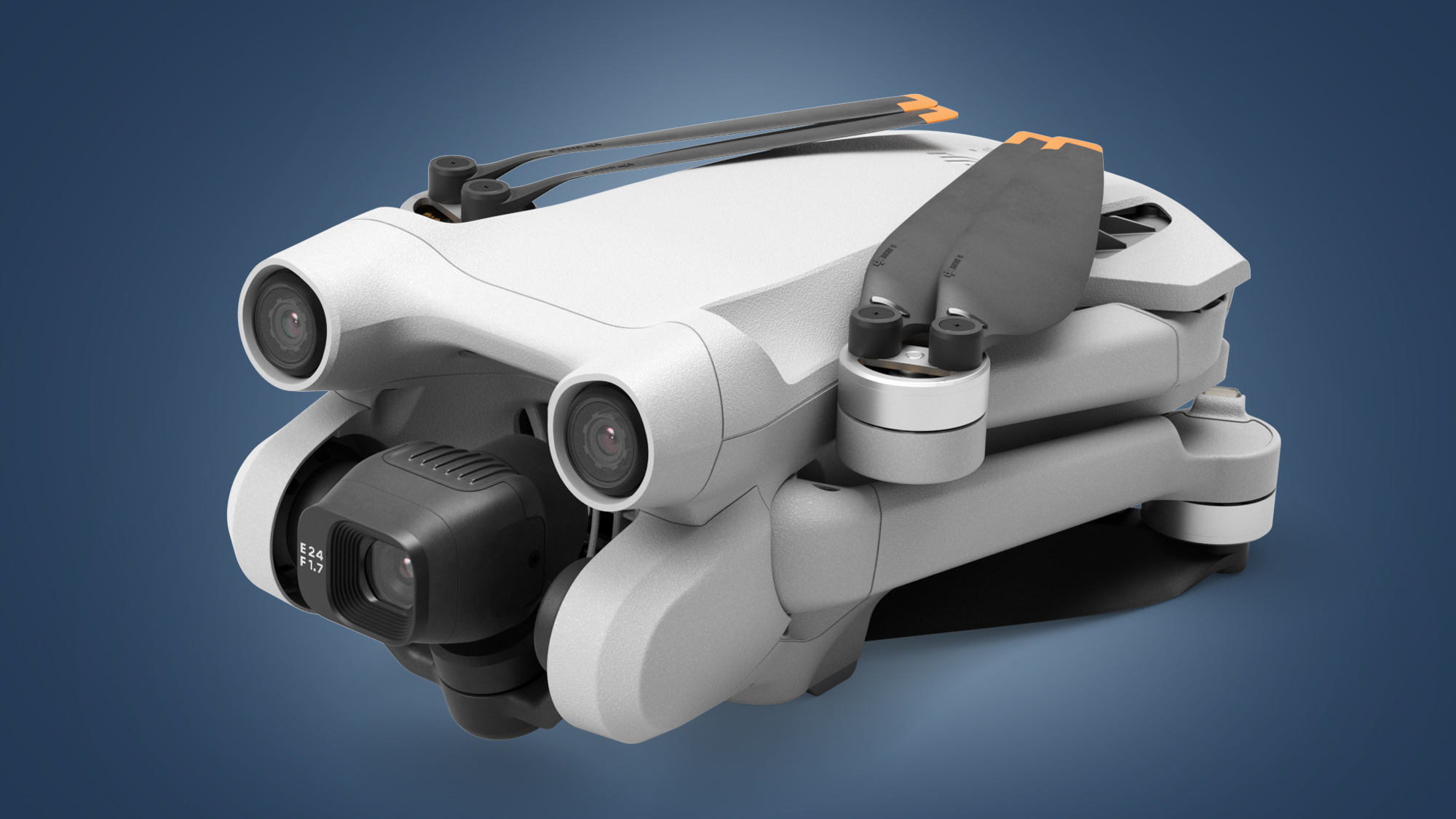
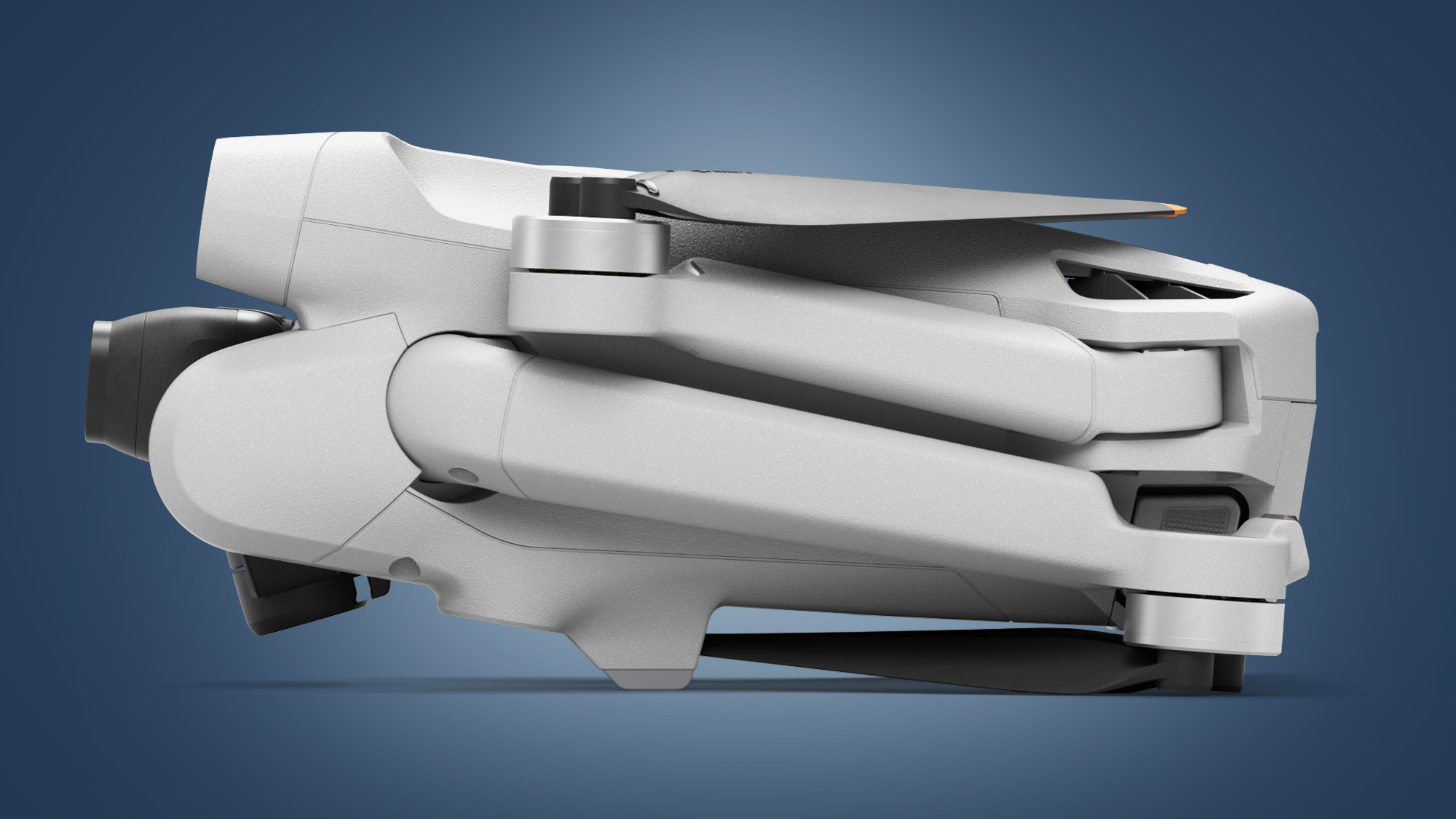
Another step up on the Mini 3 Pro is image quality. It has a larger, 1/1.3in CMOS sensor than the Mini 2, and our review concludes that "image quality is incredibly good for such a small and lightweight drone". This is helped by the lens' bright f/1.7 aperture, which is much brighter than the Mini 2's f/2.8 lens, along with the inclusion of dual native ISO.
The latter lets the drone switch between two native ISO sensitivities (rather than the usual one), which means we found the Mini 3 Pro to be a "low-light powerhouse". Couple this with a new maximum 150Mbps video bit-rate (up from 100Mbps on the Mini 2) and the ability to shoot in 4K/60p, and you have video quality that our review deemed "excellent" overall. Filmmakers also get the option of shooting in the flat D-Cinelike profile, which provides extra flexibility for color grading afterwards.
The last two improvements over the DJI Mini 2 are battery life and controller options. The drone's standard battery promises a maximum flight time of 34 minutes, which is an improvement of a few minutes. But in some regions outside the EU, DJI is also offering a new Intelligent Flight Battery Plus, which promises to deliver up to 47 minutes of flight on a charge. The downside of this battery is that it takes the drone over the 250g weight limit that, in some regions, determines whether or not it needs to be registered with local aviation authorities.
Sign up for breaking news, reviews, opinion, top tech deals, and more.
For drone fans who are prepared to spend a bit more, DJI has also made a new DJI RC controller. While you can buy the Mini 3 Pro with the standard RC-N1 controller we've seen before, that pad kidnaps your smartphone to act as the drone's viewfinder. Instead, the DJI RC has a built-in, 5.5in touchscreen, which lets you use the DJI Fly app without running down your phone's battery life.
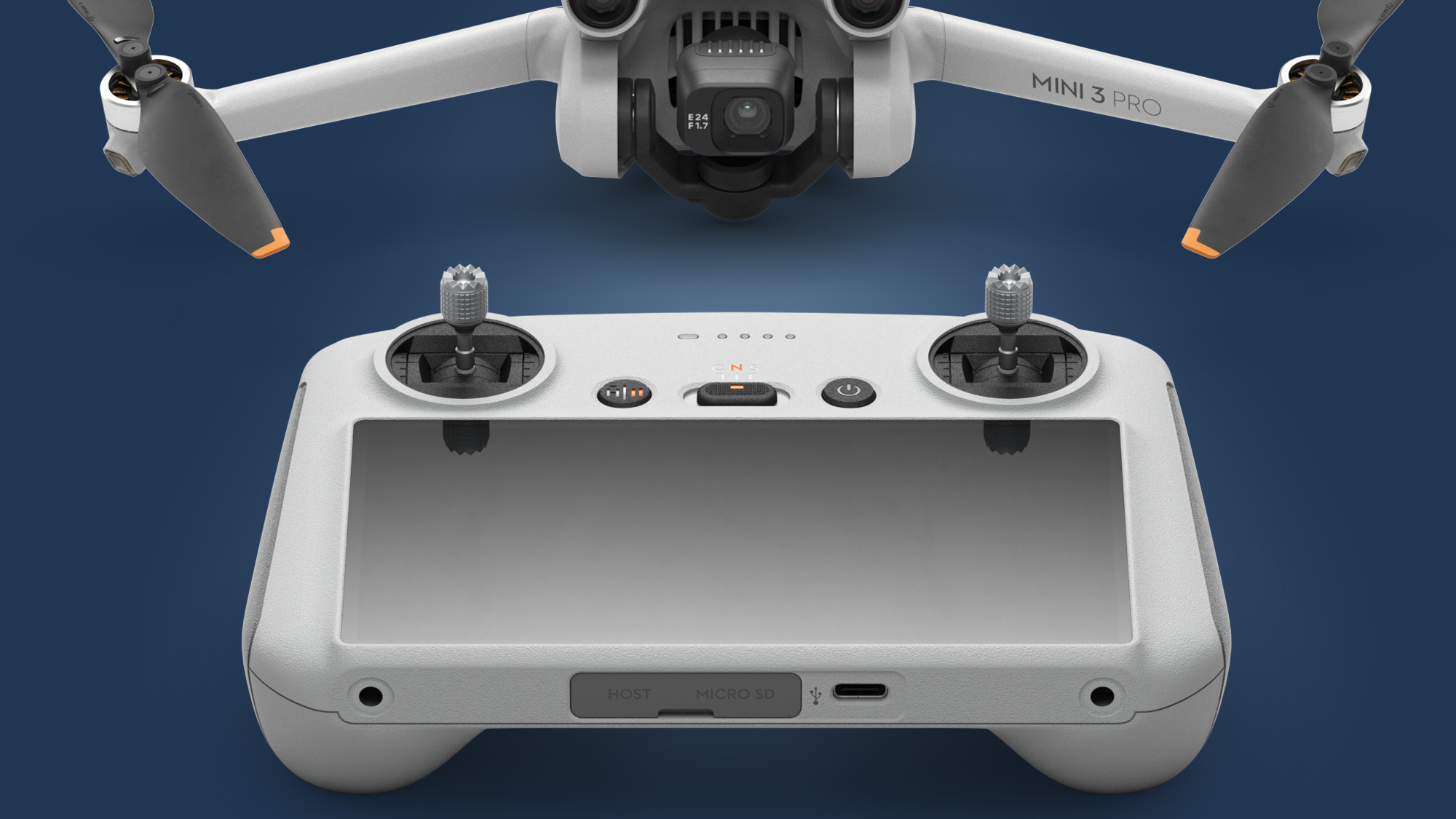
If all of that's convinced you that the DJI Mini 3 Pro is your next drone, you can pre-order one today ahead of shipping on May 17. The most basic bundle is buying the Mini Pro 3 without a controller, which costs $669 / £639 / AU$989. This is only really an option if you already have a controller.
If not, you can buy the standard kit ($759 / £709 / AU$1,119) which comes with the DJI RC-N1 controller that your phone slots into. Fancy that new DJI RC controller instead? That bundle will set you back $909 / £859 / €829, which is around the same price as the DJI Air 2S.
Analysis: A powerful but pricey upgrade
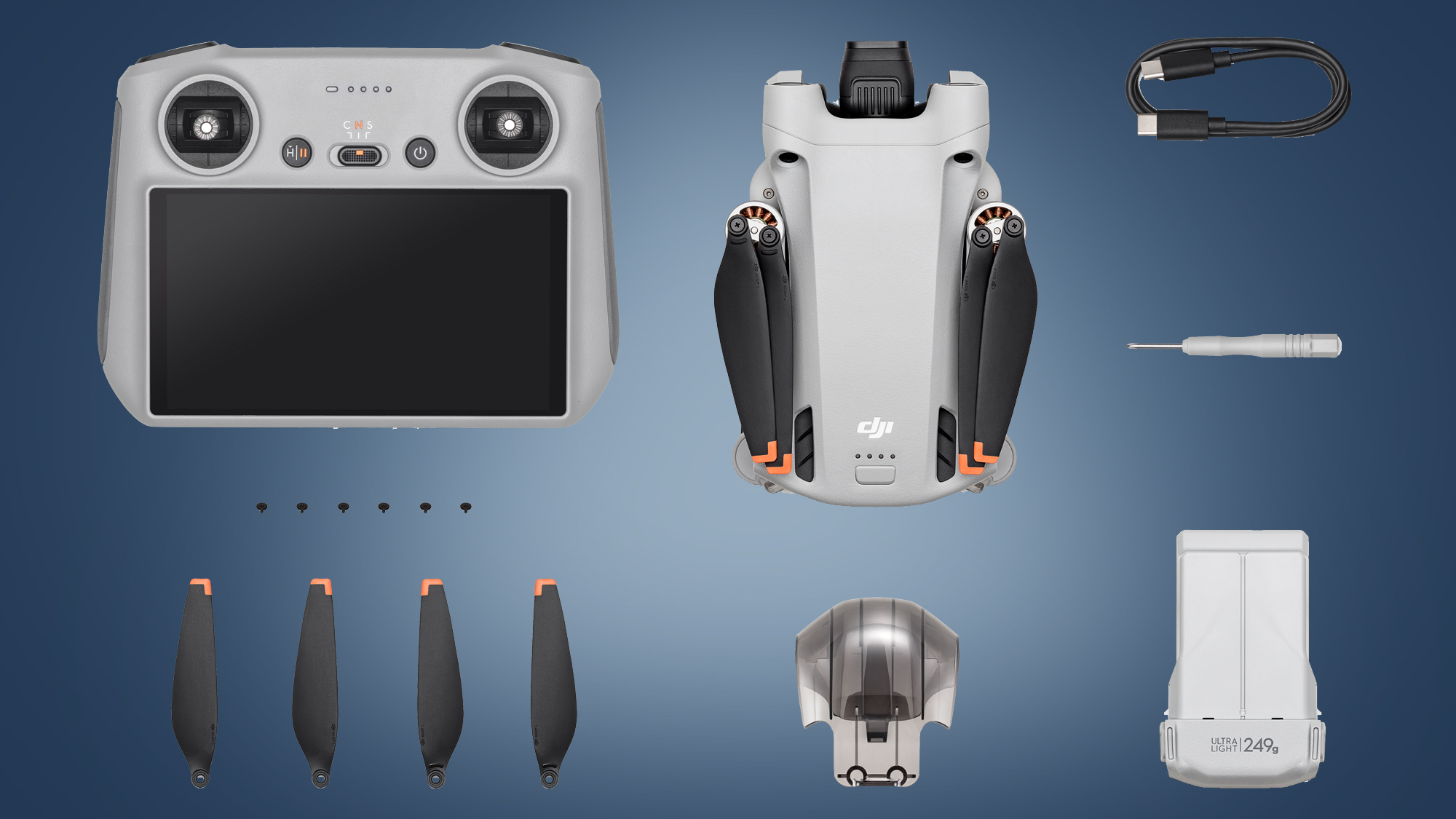
Compact drones tend to lack the features and image quality of their larger cousins, but the DJI Mini 3 Pro changes that – for a considerable price.
If you buy the Mini 3 Pro with DJI's new RC controller, it costs around the same as the DJI Air 2S, which is a larger drone with a bigger 1-inch sensor and superior wind resistance.
Still, there's no doubt that the Mini 3 Pro is a highly tempting proposition, given its incredibly compact size and barely-noticeable weight. The benefits of that sub-250g weight will vary depending on your region, but these can range from not having to register the drone (in the US, for example) to being able to fly closer to people (if you live in the EU).
The size also brings practical benefits, like being able to slip into a camera bag alongside other kit, while the new DJI RC controller is a real step up from the standard RC-N1. DJI told us that the RC controller is "currently only compatible with the Mini 3 Pro", but that it's "going to evaluate customer reaction and market demand as we decide how to expand its availability". For now, though, you can only get it with the Mini 3 Pro.
We still rate the DJI Air 2S as the best drone for photographers and videographers, due to its larger sensor, but the DJI Mini 3 Pro slots in closely behind it. Its main rival is likely to be the Autel Evo Nano, which we're in the process of reviewing – so look out for a full comparison between that drone and DJI's new compact king soon.

Mark is TechRadar's Senior news editor. Having worked in tech journalism for a ludicrous 17 years, Mark is now attempting to break the world record for the number of camera bags hoarded by one person. He was previously Cameras Editor at both TechRadar and Trusted Reviews, Acting editor on Stuff.tv, as well as Features editor and Reviews editor on Stuff magazine. As a freelancer, he's contributed to titles including The Sunday Times, FourFourTwo and Arena. And in a former life, he also won The Daily Telegraph's Young Sportswriter of the Year. But that was before he discovered the strange joys of getting up at 4am for a photo shoot in London's Square Mile.